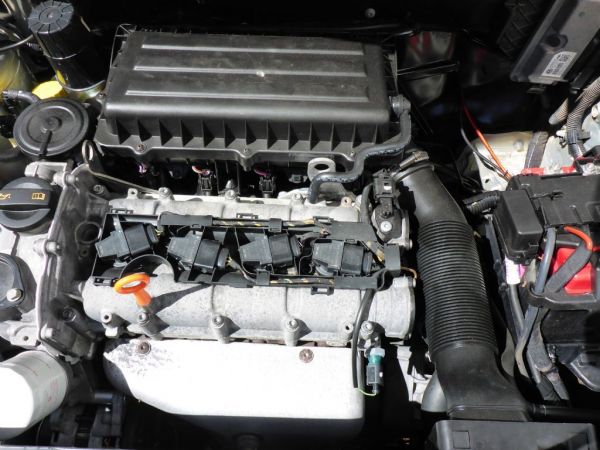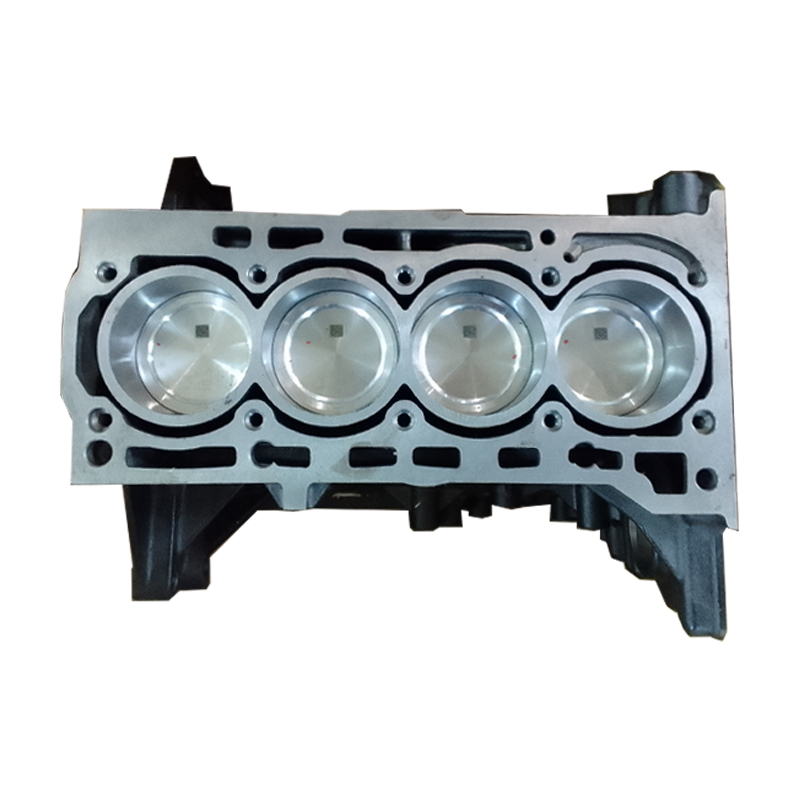How a Clp Engine Can Enhance Efficiency in Numerous Industries
The advent of CLP engines notes a considerable shift in functional effectiveness throughout various fields, driven by their capability to enhance gas intake and minimize downtime. As organizations significantly prioritize sustainability together with efficiency, the duty of CLP engines becomes even a lot more essential.
Introduction of CLP Engines
CLP engines, or Constant Liquid Propellant engines, represent a substantial innovation in propulsion modern technology, especially for area applications. These engines utilize a continuous feed system that permits for the continual expulsion of propellant, resulting in enhanced performance and efficiency compared to traditional strong or hybrid propulsion systems. By preserving a constant circulation of fluid propellant, CLP engines can accomplish more specific drive control, which is essential for maneuvering spacecraft in various goal situations.
The design of CLP engines incorporates sophisticated materials and cutting-edge gas management systems. clp engine. This causes minimized weight and enhanced reliability, essential variables for long-duration room objectives. The continual procedure reduces the threat of combustion instability, an usual challenge in standard rocket engines.

Advantages in Production
The manufacturing of Constant Fluid Propellant (CLP) engines offers several significant benefits that boost both effectiveness and cost-effectiveness. Among the main advantages is the streamlined production process, which decreases the complexity related to conventional propulsion systems. By making use of liquid propellant, manufacturers can achieve better accuracy in engine efficiency, causing optimized energy output and lowered waste.
Furthermore, CLP engines help with a higher degree of modularity, allowing for much easier integration right into various production lines. This flexibility can significantly lower preparations and improve overall functional flexibility. The usage of CLP modern technology likewise tends to decrease the requirement for extensive upkeep because of less moving parts, which equates into lowered downtime and operational prices.

Applications in Logistics
Leveraging Continual Fluid Propellant (CLP) engines in logistics supplies significant advantages in functional efficiency and reliability. These engines provide a robust service for numerous transport demands, enabling the seamless movement of goods across large ranges. The intrinsic layout of CLP engines permits regular power outcome, which converts right into smoother and extra foreseeable transport timetables.
One of the vital applications of CLP engines in logistics is in heavy-duty freight transportation, where they can drive both ground and airborne automobiles. Their capability to keep high efficiency under varying load problems makes certain that shipment timelines are satisfied, thus address enhancing consumer contentment. Furthermore, CLP engines can be integrated right into automated logistics systems, promoting real-time monitoring and optimizing course preparation.
Furthermore, the sturdiness of CLP engines reduces upkeep downtime, enabling logistics companies to optimize their operational capacities. This is especially useful in warehousing operations, where efficiency in taking care of and moving products is crucial. As logistics remains to progress, the integration of CLP engines stands for a forward-thinking approach that not just enhances efficiency but additionally supports the industry's growing needs for reliability and rate.
Influence On Power Effectiveness
Just How do Constant Fluid Propellant (CLP) engines enhance energy effectiveness in transportation? CLP engines utilize a regular circulation of liquid gas, enhancing combustion processes and preserving a stable drive result. This design lessens power losses related to standard burning engines, where fuel shipment can differ and result in inefficiencies.
The constant procedure of CLP engines permits a more effective thermal cycle, leading to greater details impulse compared to conventional engines. clp engine. This equates to minimized gas consumption for the same amount of work done, substantially decreasing operational costs across different transportation markets, consisting of his response aeronautics and maritime sectors
Moreover, the ability of CLP engines to preserve ideal performance under varying tons problems lowers the need for frequent acceleration and deceleration, even more improving fuel efficiency. Improved energy effectiveness not only adds to cost savings but also leads to lower greenhouse gas emissions, aligning with global sustainability goals.
Future Trends and Innovations
Emerging advancements in Continuous Fluid Propellant (CLP) engine modern technology assurance to change the landscape of transport effectiveness and sustainability. As markets pivot toward greener alternatives, CLP engines stand at the center, incorporating ingenious materials and design methodologies that boost efficiency while lessening environmental effect.
Among one of the most appealing patterns is the fostering of crossbreed systems that combine CLP engines with renewable resource resources. This harmony can enhance fuel consumption and reduce exhausts, lining up with worldwide sustainability goals. Improvements in computational fluid dynamics (CFD) are promoting the style of more aerodynamically reliable engines, leading to decreased drag and boosted fuel efficiency.
In addition, the advancement of smart surveillance systems is set to enhance functional efficiencies. These systems leverage information analytics and IoT innovation to optimize engine efficiency in real-time, guaranteeing that the engines run within their most effective parameters.
As study about his remains to explore different propellant formulations-- such as biofuels and artificial fuels-- the future of CLP engines looks encouraging. By utilizing these innovations, markets can not only boost their efficiency however additionally contribute substantially to a cleaner, much more lasting future in transportation.
Verdict
In final thought, CLP engines represent a significant development in efficiency throughout several markets. The combination of sophisticated materials and less relocating components lessens maintenance requirements, while alignment with sustainability objectives placements CLP engines as a crucial modern technology for the future.